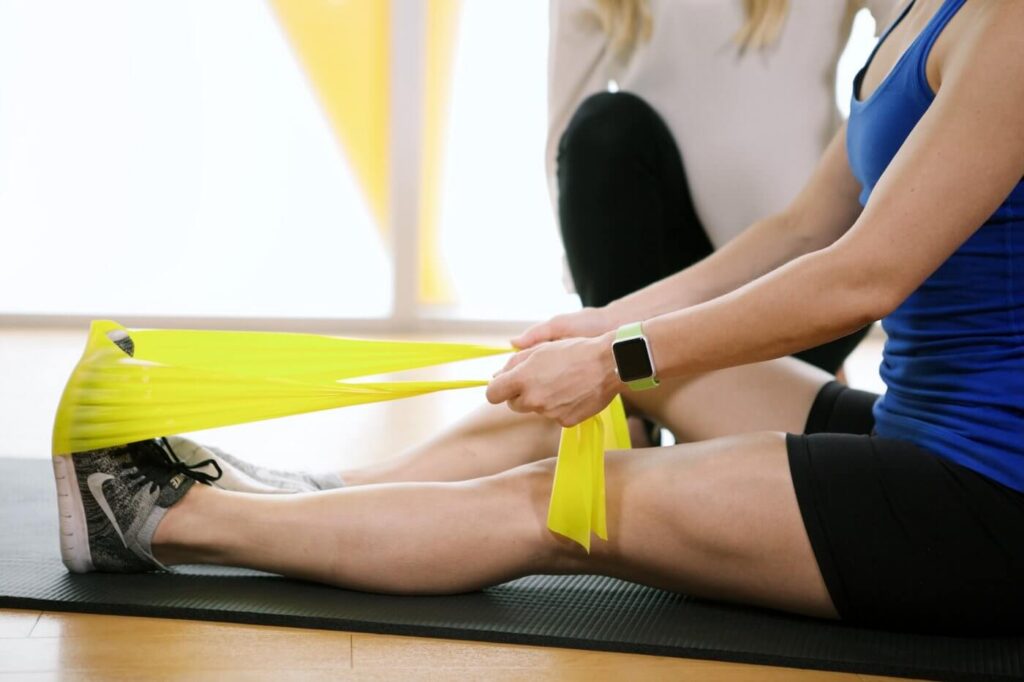Navigating knee discomfort can be a challenging journey, often requiring a multifaceted approach to achieve pain-free living. Whether your knee pain is the result of injury, arthritis, or overuse, adopting a comprehensive strategy can significantly improve your quality of life. One of the fundamental aspects of managing knee discomfort understands the underlying cause. Consultation with a healthcare professional is crucial for an accurate diagnosis, enabling targeted treatment. Common culprits include osteoarthritis, ligament injuries, and inflammation. Once the root cause is identified, a tailored plan can be crafted to address the specific issues contributing to the discomfort. Physical activity, despite knee pain, plays a pivotal role in maintaining joint health. Low-impact exercises such as swimming, cycling, and gentle walking can help strengthen the muscles surrounding the knee, providing added support. Physical therapy is another valuable tool, offering targeted exercises to enhance flexibility, stability, and overall joint function. These exercises, when performed regularly, can alleviate pain and improve mobility over time. Aquatic therapy, in particular, can be beneficial as the buoyancy of water reduces the impact on the knees while allowing for effective workouts.

In addition to exercise, weight management is essential for those experiencing knee discomfort. Extra pounds place additional stress on the knee joints, exacerbating pain and contributing to long-term damage. Adopting a healthy diet rich in anti-inflammatory foods, such as fruits, vegetables, and omega-3 fatty acids, can further aid in managing knee pain. Maintaining a healthy weight not only reduces the load on the knees but also promotes overall joint health. Orthopedic interventions, ranging from braces to custom-made shoe inserts, can provide targeted support to the knees. Braces help stabilize the joint and distribute weight more evenly, reducing strain. Shoe inserts, designed to correct biomechanical imbalances, can alleviate pressure on the knees and enhance alignment. However, it is crucial to consult with a healthcare professional before using such devices to ensure they are appropriate for your specific condition.
Over-the-counter pain relievers and anti-inflammatory medications can offer temporary relief from knee discomfort. However, their long-term use should be monitored, as they may have side effects. In some cases, prescription medications or injections may be recommended for more severe pain or inflammation. For those with chronic knee issues, surgical options may be considered as a last resort. Procedures such as arthroscopy, joint replacement, or realignment surgery aim to repair or replace damaged joint components in Knee Pain Relief Programs and Tools. These interventions are typically reserved for cases where conservative measures have proven ineffective. In conclusion, navigating knee discomfort requires a holistic approach that addresses the root cause, incorporates targeted exercises, promotes weight management, and considers various medical interventions. By embracing a comprehensive strategy, individuals can take significant strides toward achieving pain-free living and enjoying a more active and fulfilling lifestyle. Always consult with healthcare professionals to create a personalized plan tailored to your unique circumstances.
